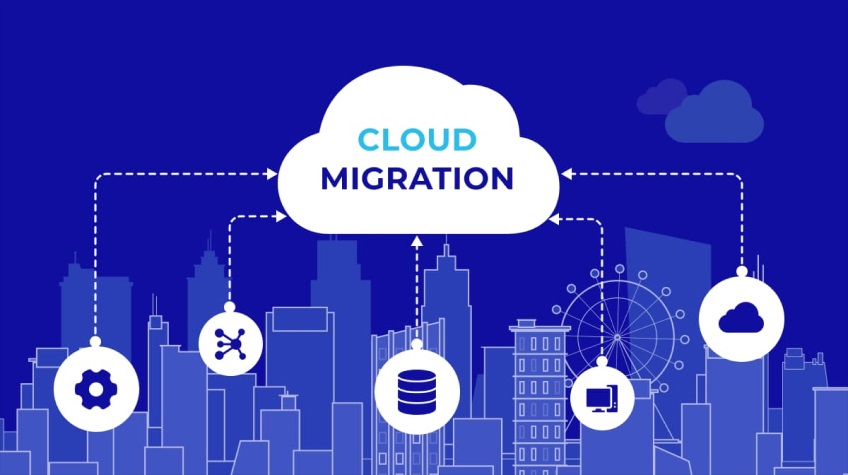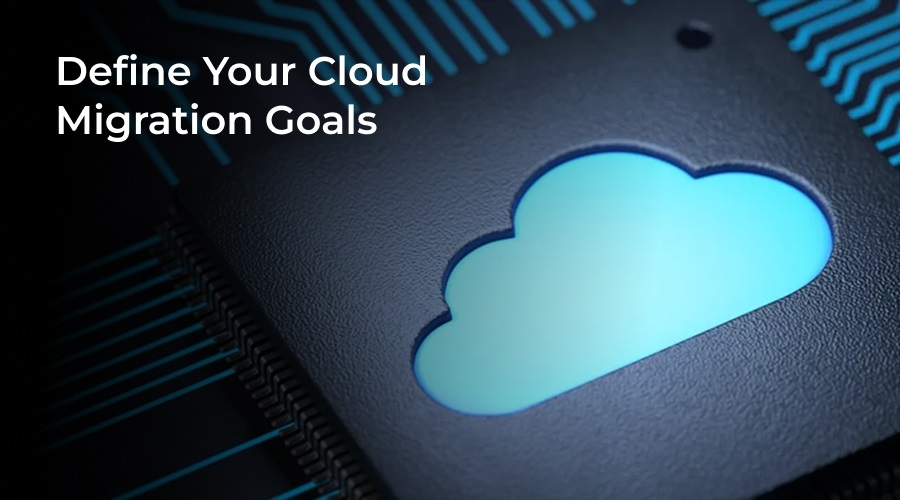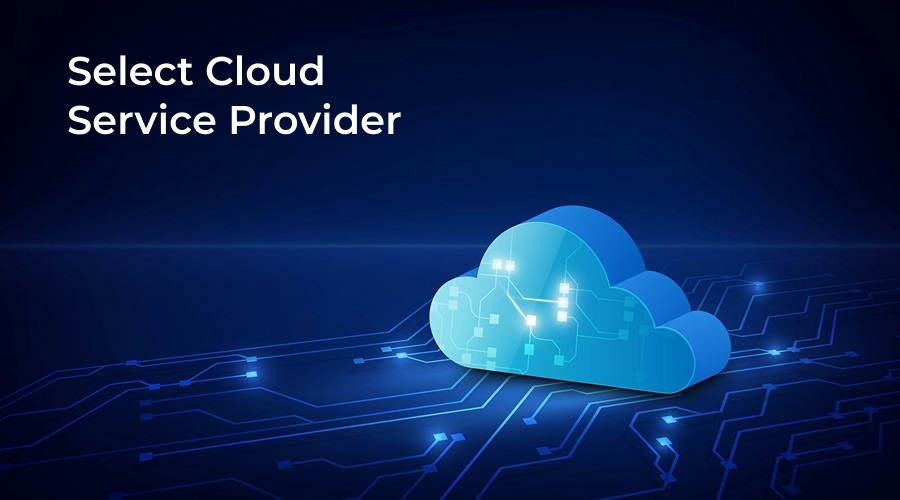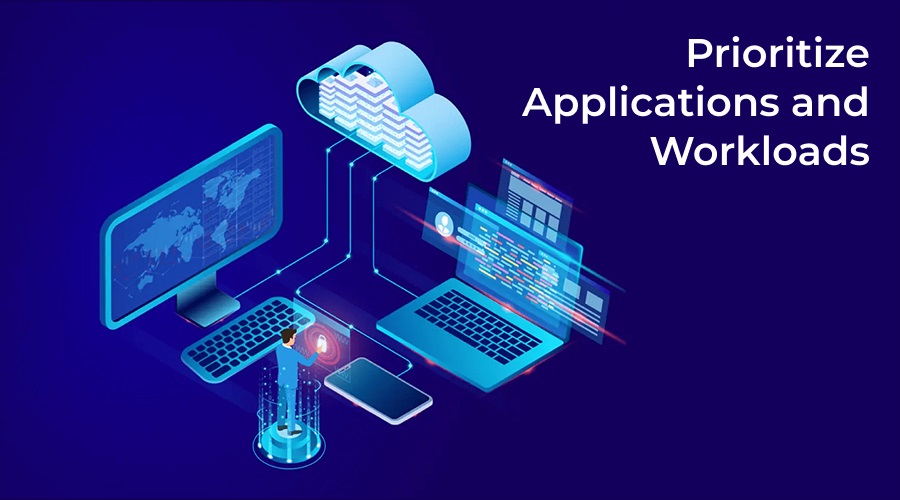
Thinking of a cloud migration? The step-by-step guide will aid you in the seamless transition. Everything, including an evaluation of your infrastructure to post-migration optimization, makes sure your migration to the cloud is effective, safe, and business-oriented.
The migration to the cloud is a serious change within any organization, and the advantages of such a change include scalability, cost savings, and enhancement of performance. Yet, without a set strategy and plan, cloud migration may turn out overwhelming and dangerous. That is why a proper checklist is crucial. Moving a couple of apps or your whole infrastructure, a step-by-step strategy makes it simpler to minimize the disturbance, guarantee the data integrity, and optimize resources.
The blog divides the migration process into 10 practical steps, guiding IT teams and decision-makers through all the steps of their migration preparation to post-migration testing. With the proper preparation, your migration to the cloud will become easy, affordable, and promote long-term development. So, let’s get into the steps to a successful cloud migration process.
10-Step Cloud Migration Checklist
1. Assess Your Current Infrastructure
First, assess your current IT infrastructure. Know what utility applications, data, and workloads you possess. Determine the dependencies and draw how other systems integrate. This process helps figure out assets that fit the cloud, and which can possibly require reengineering. In addition, evaluate performance, storage, and license requirements. By performing a critical audit of the infrastructure, you will be able to have a proper set of objectives and priorities.
You will also be able to realize the possible cost, effort, and time involved. Make sure that the input of all stakeholders, such as department heads and IT staff, is involved so that no critical component will be left unattended. A thorough evaluation establishes the basis of a more affable and effective cloud migration.
2. Define Your Cloud Migration Goals

In the absence of set objectives, your move to the cloud will lose direction. Determine the purpose you want to accomplish in cost reduction, scalability, improved results, or improved security. Do you want to see a full migration or a hybrid one? Have quantifiable goals like a 30 percent cut in infrastructure or an increase in the uptime of the apps. Such objectives are supposed to be in line with your business strategy and technology roadmap.
When you clearly define KPIs, it will help you keep a better track of success and innovative processes. Teams work better when they understand the reasons behind the migration and are more inclined towards working together to produce outcomes.
3. Choose the Right Cloud Model
The options between the public, private, and hybrid clouds depend on your business requirements. Public clouds (such as AWS or Azure) are affordable and can be scaled. Privatized clouds give more control and security, which is appropriate for sensitive information. The hybrid models are the best of the two worlds. When choosing your model, take into consideration workload types, compliance requirements, and budget.
Selecting the appropriate deployment model at an early stage will avoid costly alterations in the future and will also make sure that your architecture is in harmony with the present and future requirements.
4. Select a Cloud Service Provider

It is essential to select a cloud Service provider. Consider selecting providers using performance, pricing, support, security, compliance, and scalability. The comparison of SLAs, availability zones, and integration capabilities. Investigate reviews of users, case studies, and practical dependability. It is not only about costs, but you should see what tools or automated options they offer, as well as migration and post-migration stages.
Ensure that they can accommodate your compliance requirements (e.g., HIPAA, GDPR). A proper provider will be your future tech partner, who will assist you in innovating, saving money, and remaining competitive.
5. Create a Detailed Migration Plan
A migration plan is a comprehensive plan that is designed to show the scope, time frame, resources, and procedures. The migration can be broken into phases so that they can be dealt with in manageable stages, i.e., pilot testing, low-risk application migration, and critical workload transfer. Assign tasks to the team members, and develop a system to be able to communicate with the stakeholders.
Include a contingency plan when things turn out badly. Decent planning eliminates downtime, error rates, and unites everyone. You must be able to overcome the unforeseen obstacles and be flexible enough to keep the plan intact, so the budget and schedule remain in check.
6. Prioritize Applications and Workloads

Not all applications have to be migrated immediately. Create priority levels of complexity, criticality, and preparedness. Begin with some non-essential apps that have a low risk by trying to test them. Find out the apps that are easily moved (lift-and-shift) and which would need reconfiguration or redevelopment. Interconnect group apps to prevent functionality problems. A priority list helps you allocate resources, minimise risks, and make early gains that will give confidence in the migration strategy.
The structured rollout is also going to provide a smoother transition process that does not significantly affect the business activities.
7. Ensure Data Security and Compliance
Data is the most treasured resource, and its protection is not negotiable. Ensure that you selectively go over your regulatory requirements (GDPR, HIPAA, industry, etc.). Encrypt sensitive data both in transit and at rest. Apply guarded access management, firewall, and identity controls. Carry out pre- and post-migration vulnerability checks. Keep security procedures in a log file and make sure that your cloud provider is compliant.
Write down all security procedures and make sure your cloud service provider complies with the regulations. A safe migration procedure eliminates breaches, customer trust, and even saves your business from legal and financial risks.
8. Prepare Your Team and Infrastructure
Migration is not only a technical activity, but also needs the preparedness of the team. Educate your IT personnel on the new cloud platform, tools, and processes. In the case of incompatible infrastructure, get it upgraded to compatibility, such as by upgrading the network or applying patches to the software. Establish access control, monitoring, and recovery services. Promote cooperation among all development teams, security departments, and business organizations.
System planning and training your personnel prevent the shocks, the possibility of resistance to change, and the migration process works faster as a result of better coordination.
9. Test Before, During, and After Migration
A successful migration depends on testing. Conduct performance and compatibility tests before relocating. Best practice involves real-time monitoring of traffic, load, and error rates during migration. Write down the problems and solve them at once. The constant testing maintains the stability, security, and performance standards of your systems and protects you against irreplaceable failures or customer dissatisfaction.
10. Monitor, Optimize, and Maintain
Migration is not over after the data is migrated. Make use of the monitoring tools to monitor the performance, costs, and use of the resources. Streamline workloads using auto-scaling, remove unused instances, and make changes in configurations. Designate a time schedule for updating, auditing, and backup. Begin to collect user feedback and necessary improvements.
Install SLAs and monitoring dashboards in order to keep services reliable. A post-migration maintenance plan enables you to keep receiving value from the cloud in a secure, compliant, and cost-efficient way.
Also Read: How DevOps Can Help with Cloud Migration and Management
Conclusion
The process to move towards the cloud is not easy, but with the help of a step-by-step checklist, your company not only prevents failures but also becomes certain of its more responsive and scalable future. Assessment of infrastructure, identification of special objectives, choice of the best partners, and provision of security will enable your team to complete the migration quite successfully. It is important to remember that a considered migration strategy will result in long-term operational success and innovativeness.
Are you up for migration? Use this checklist to ensure your move to the cloud is smoother, smarter, and strategically sound.






